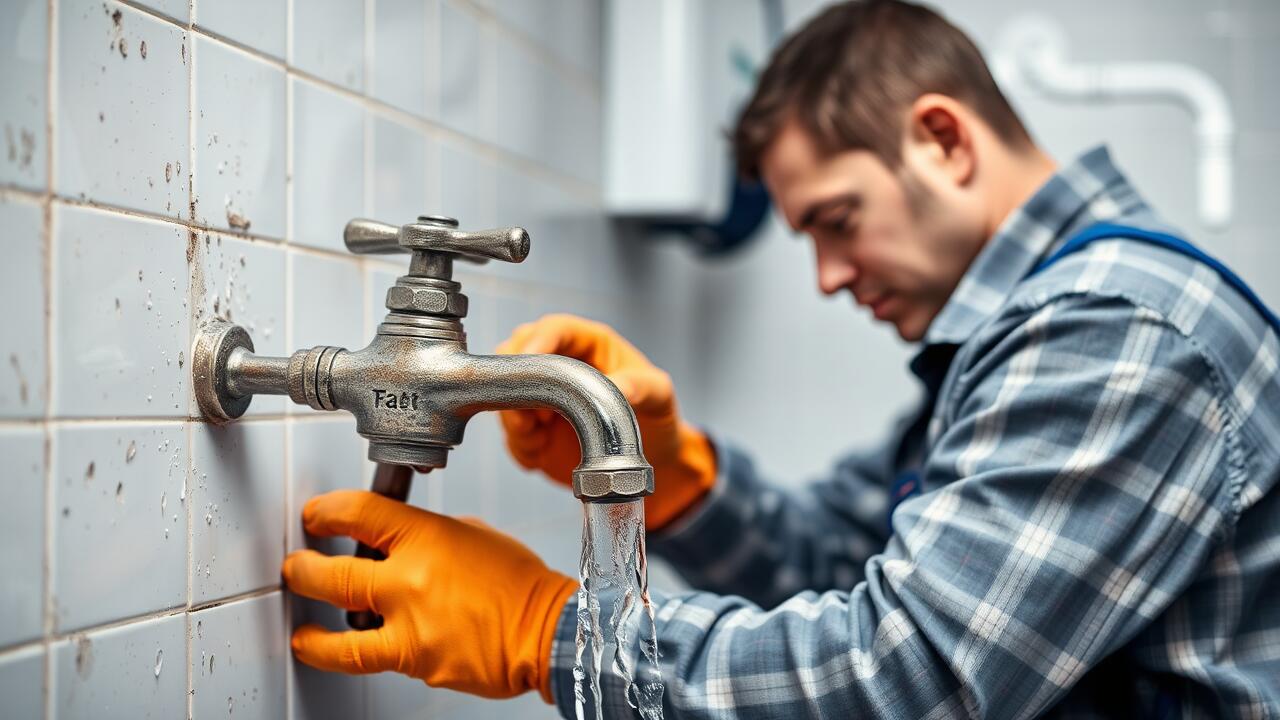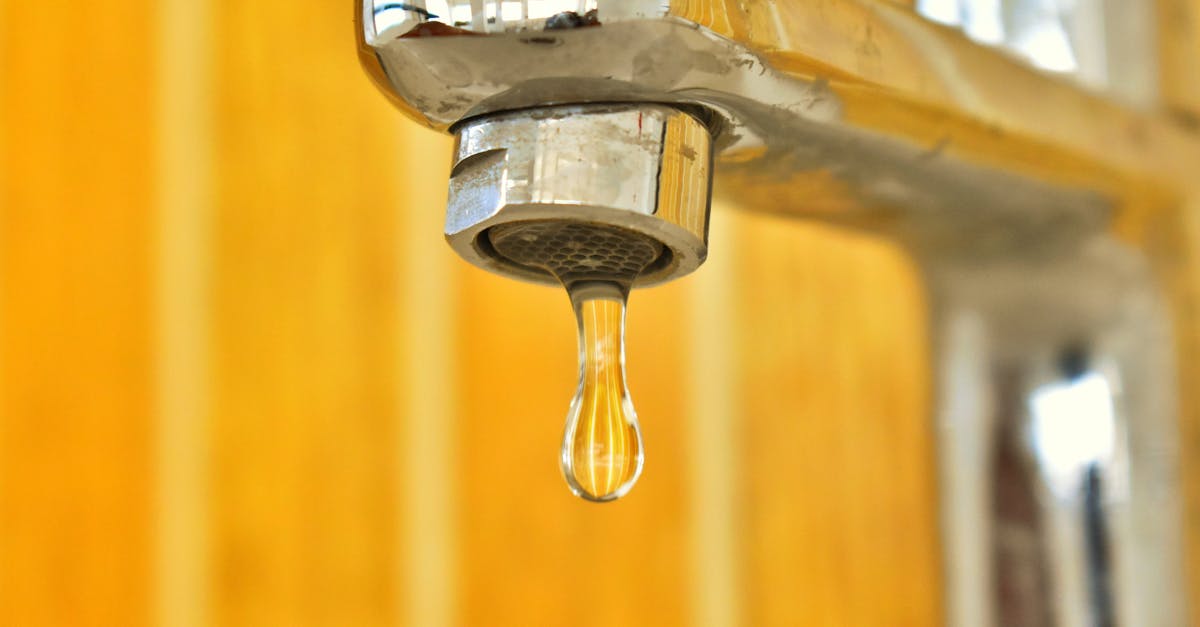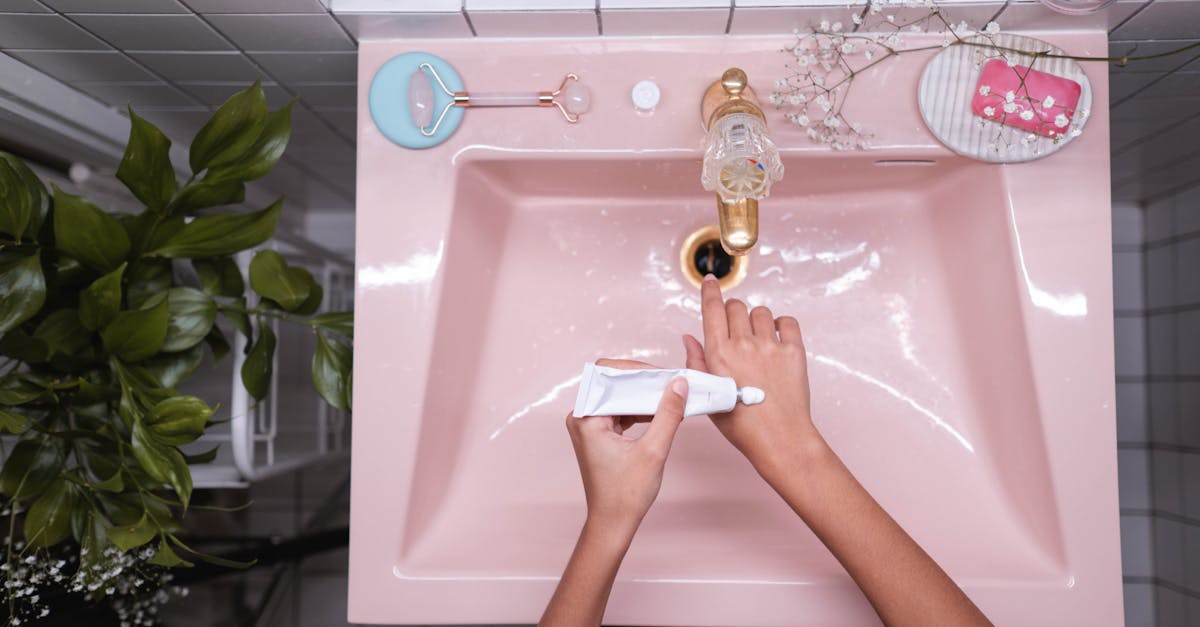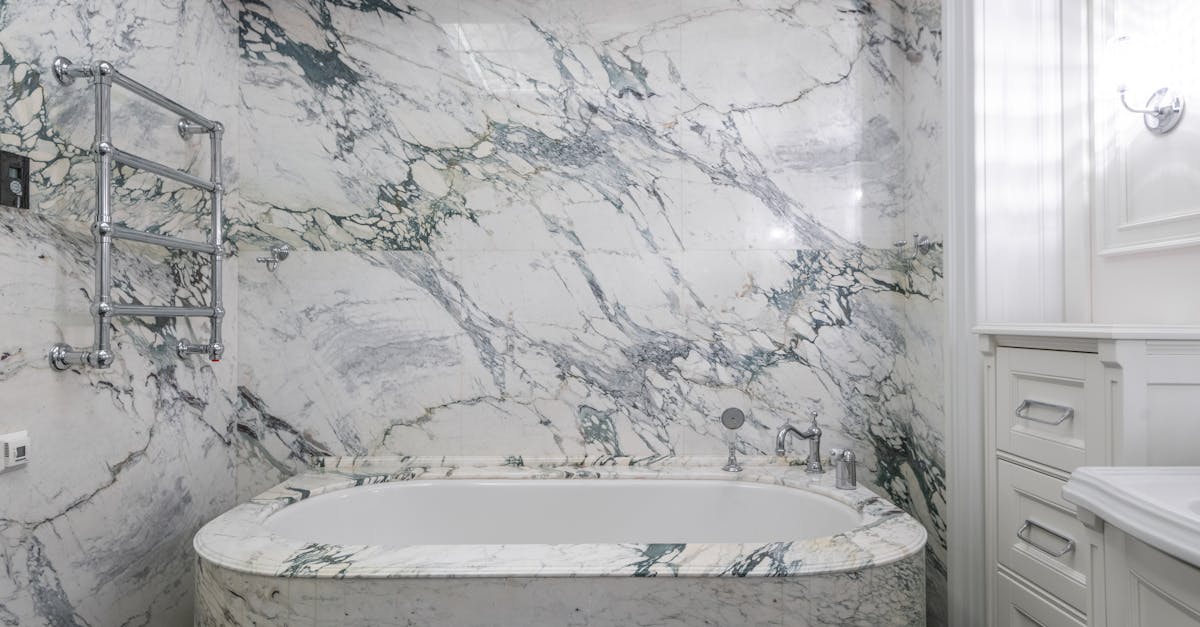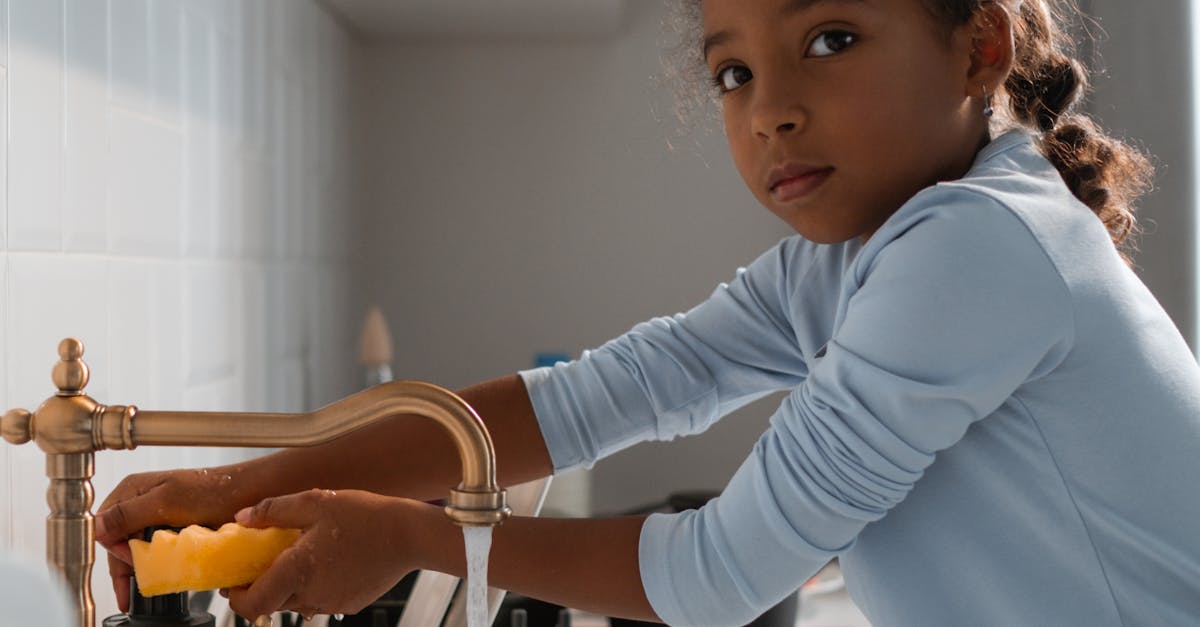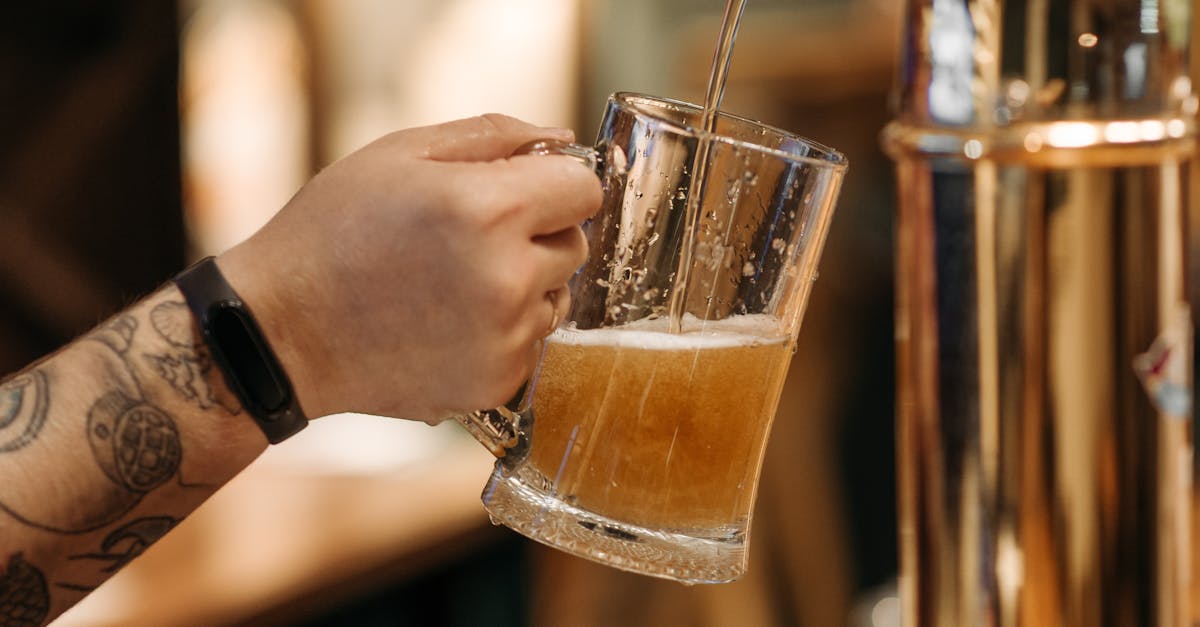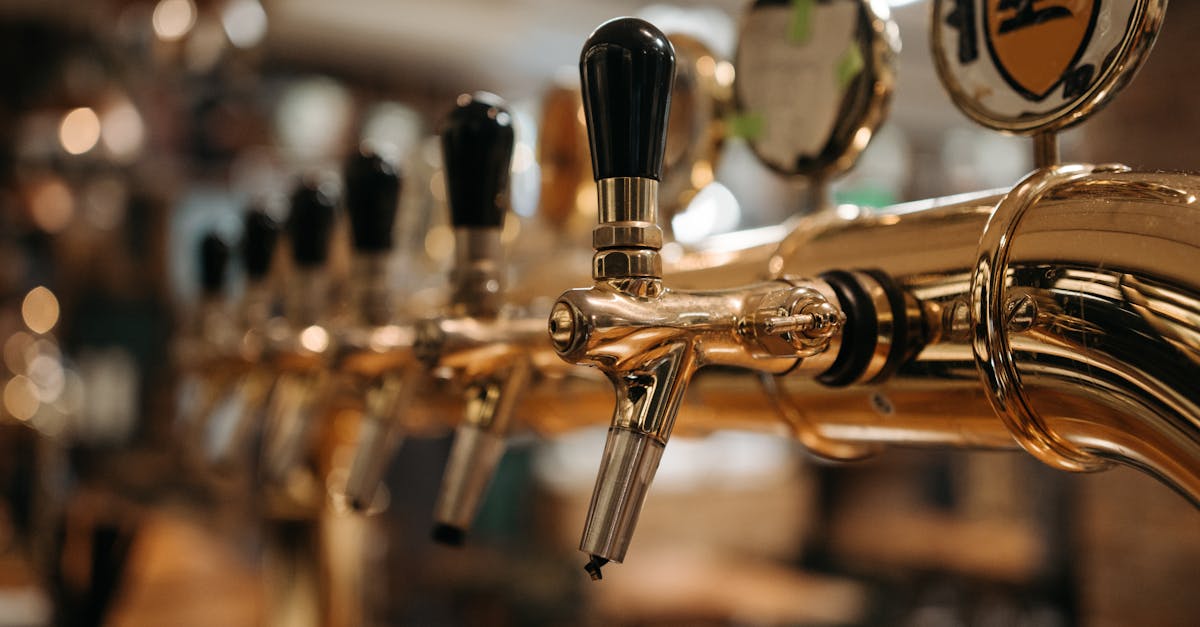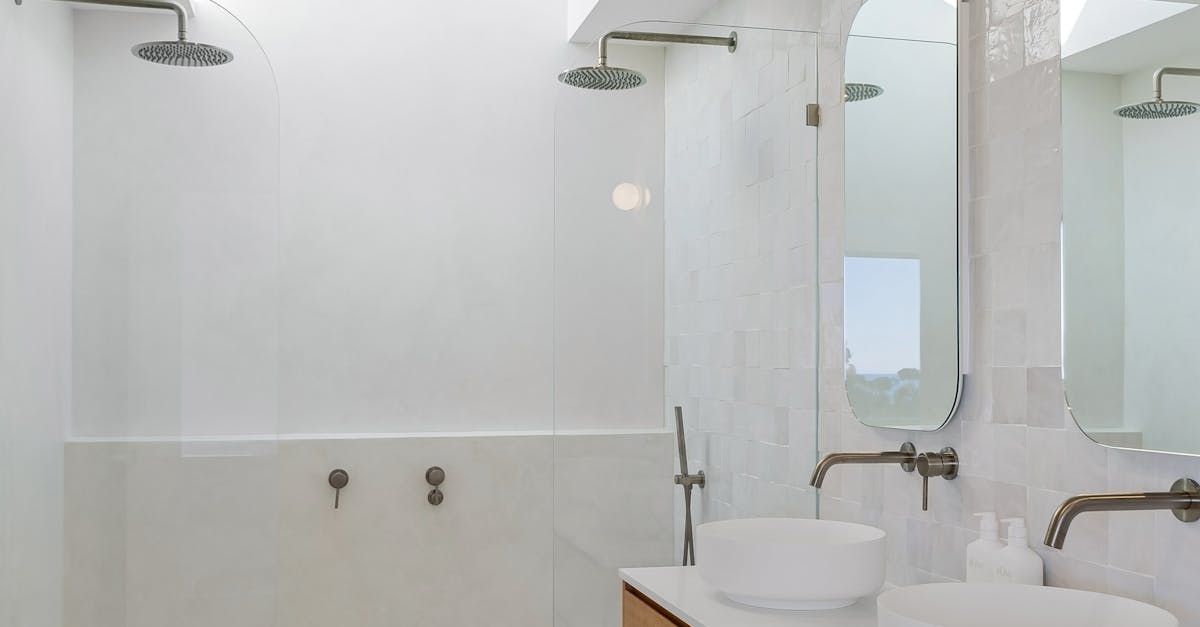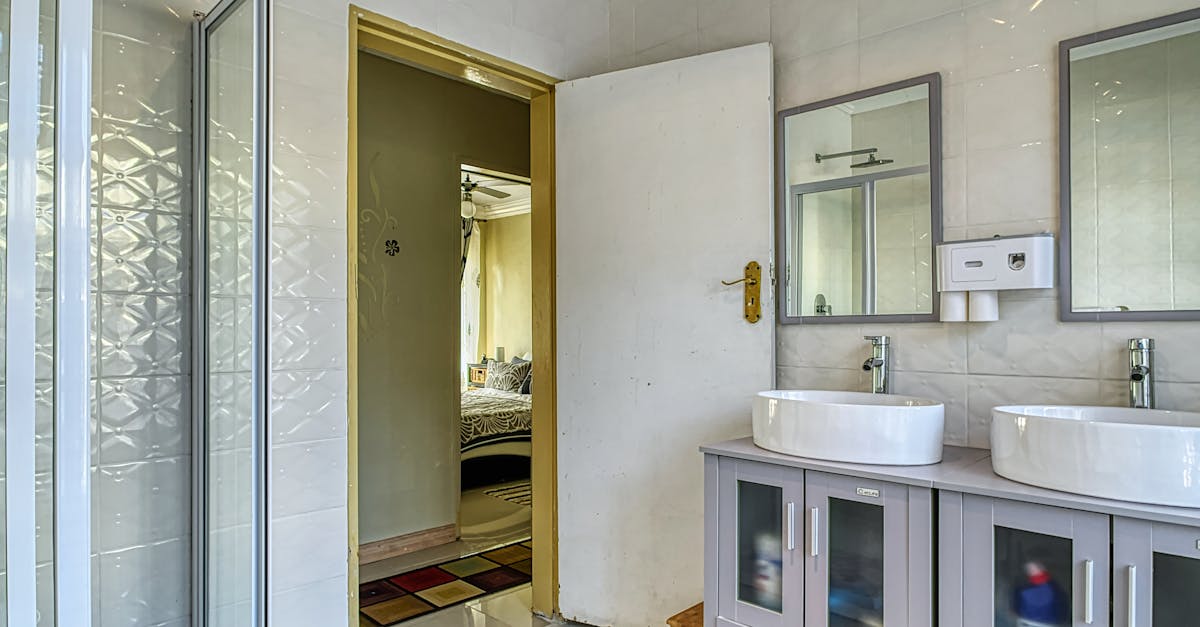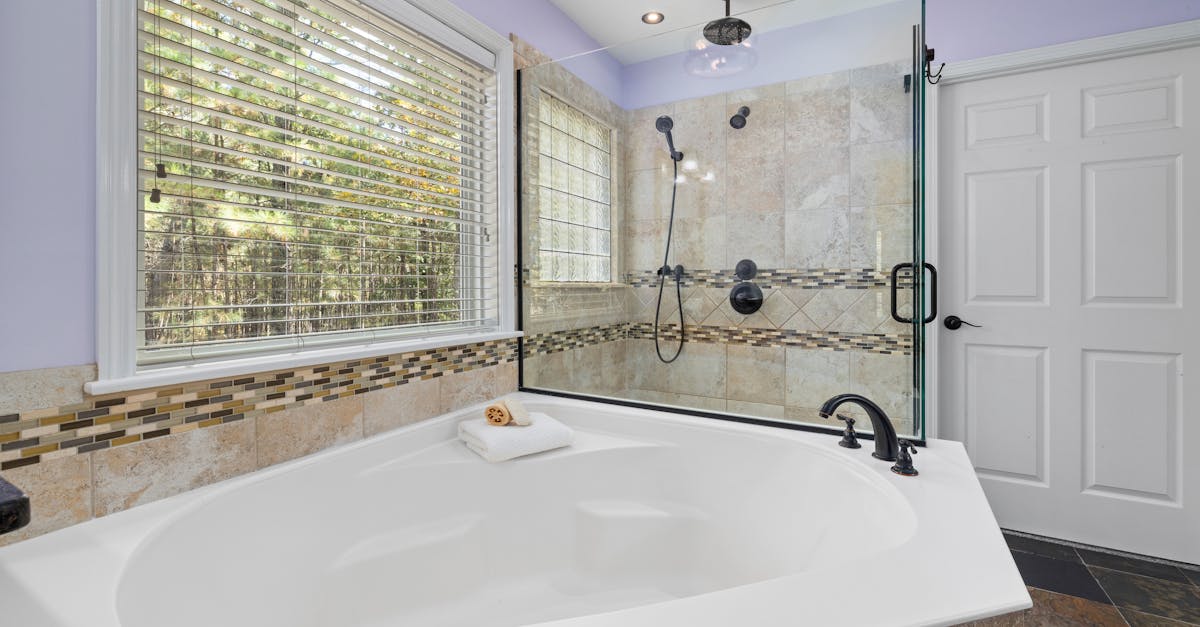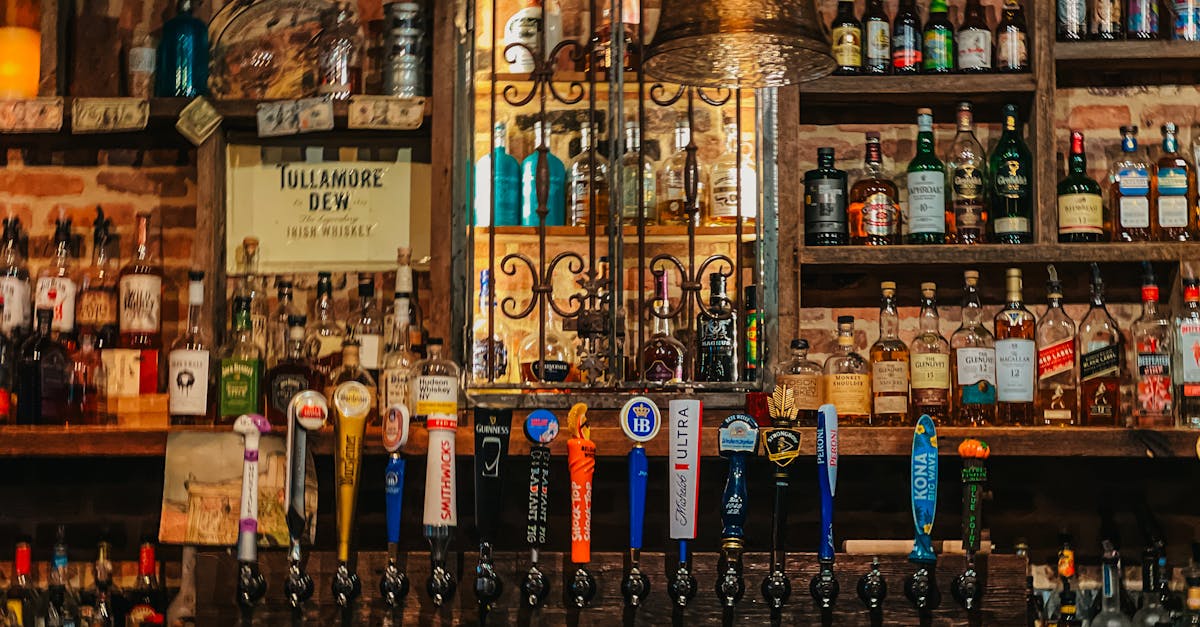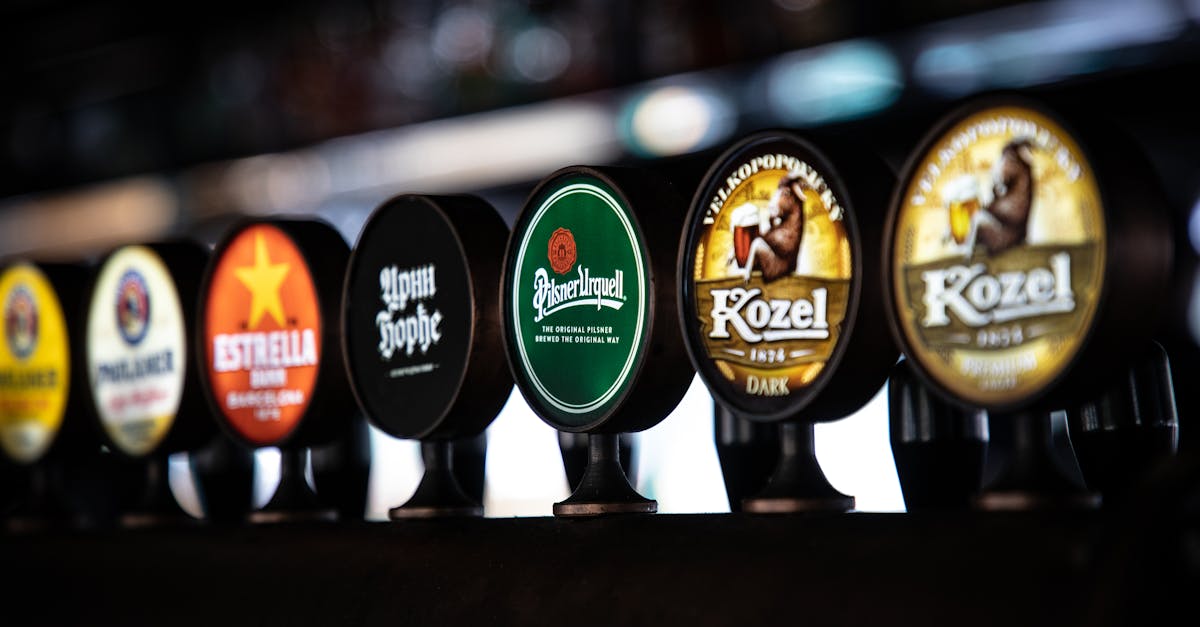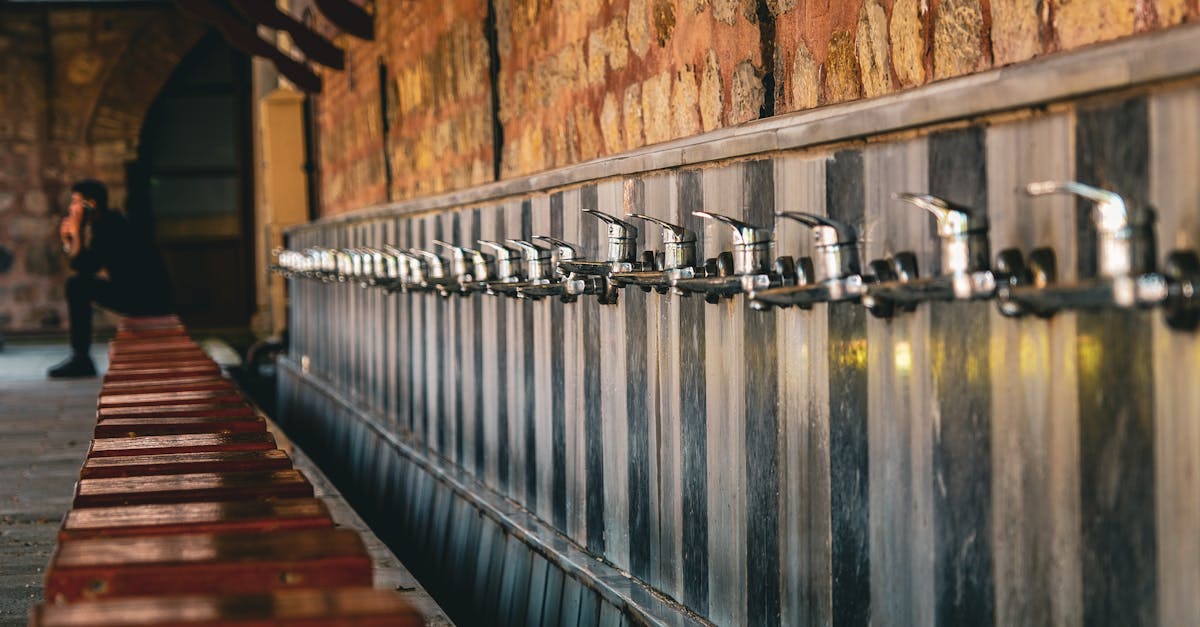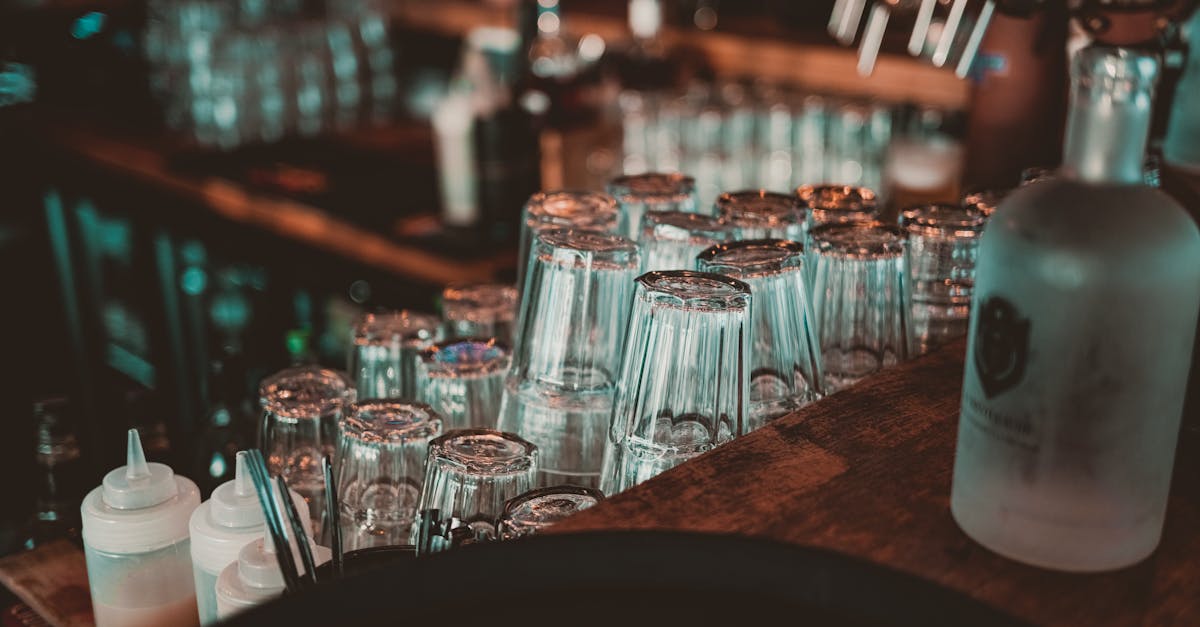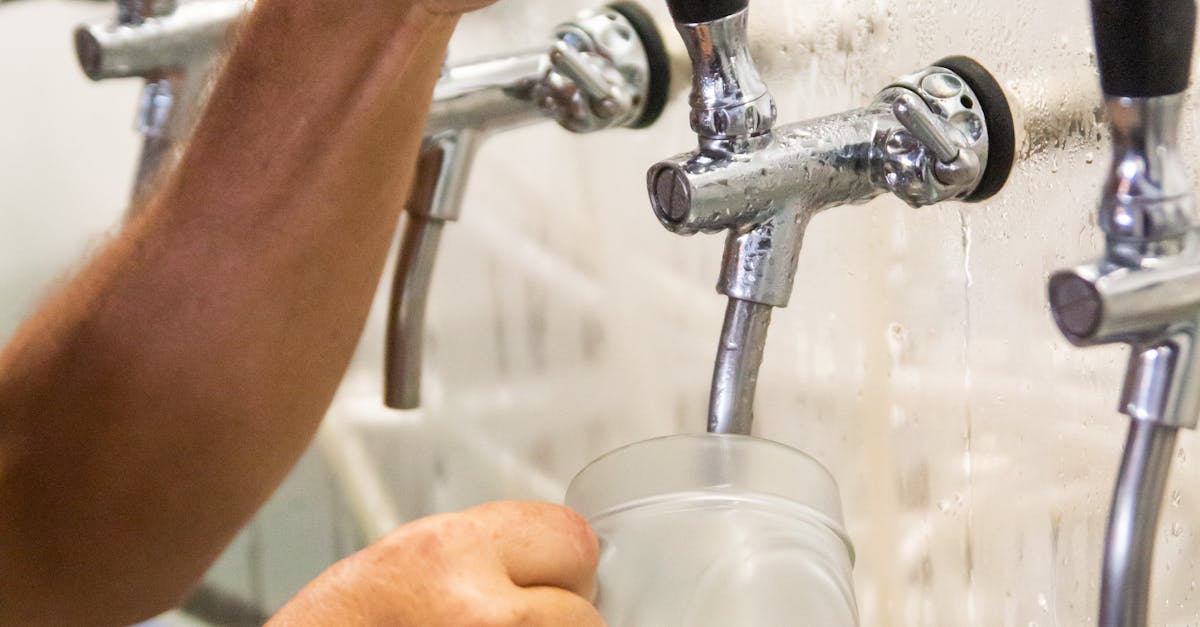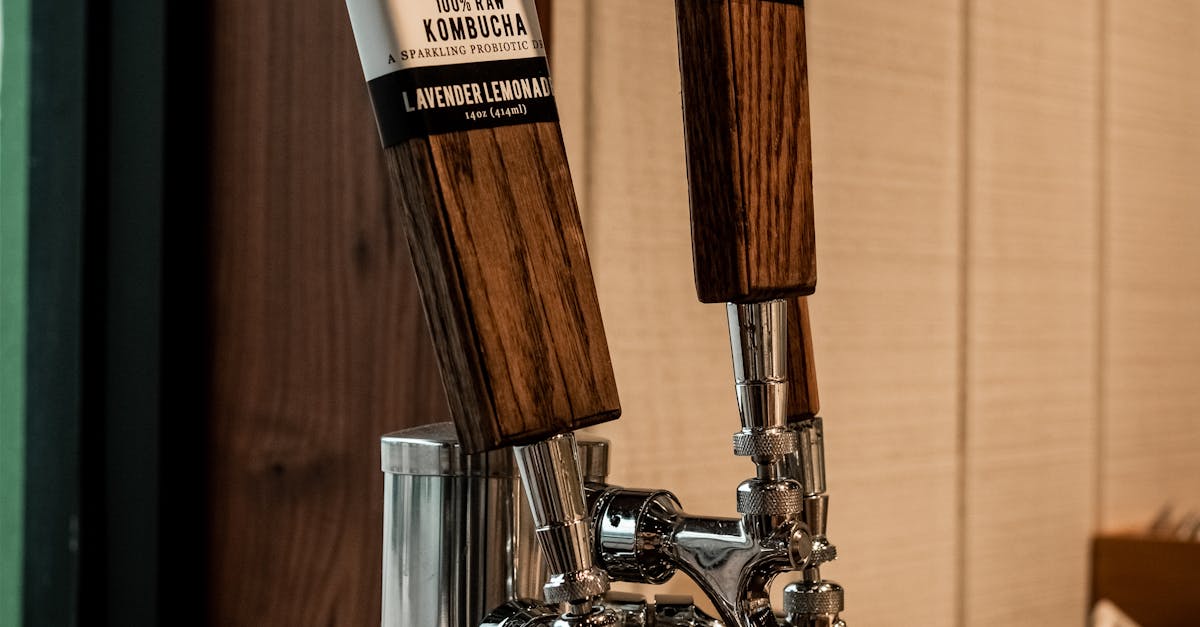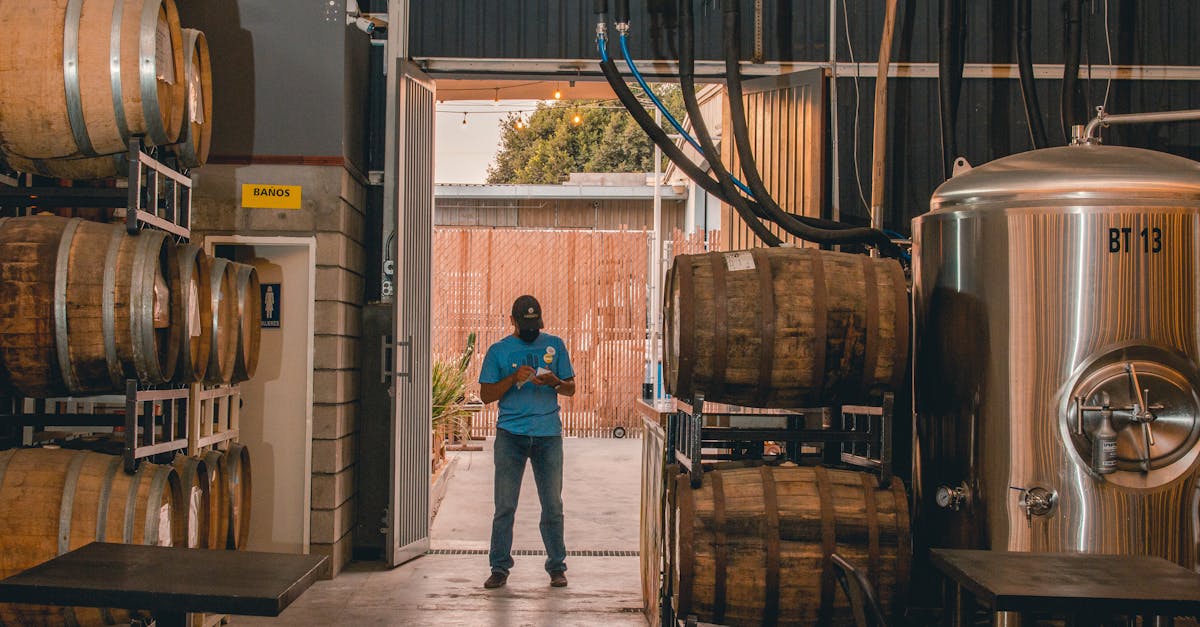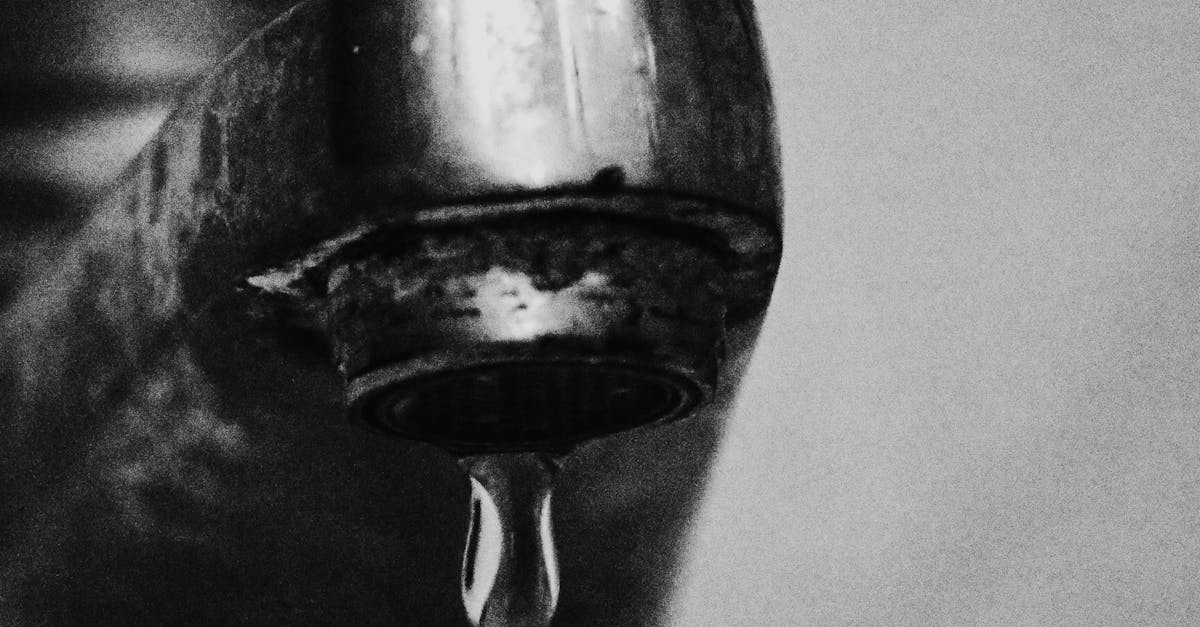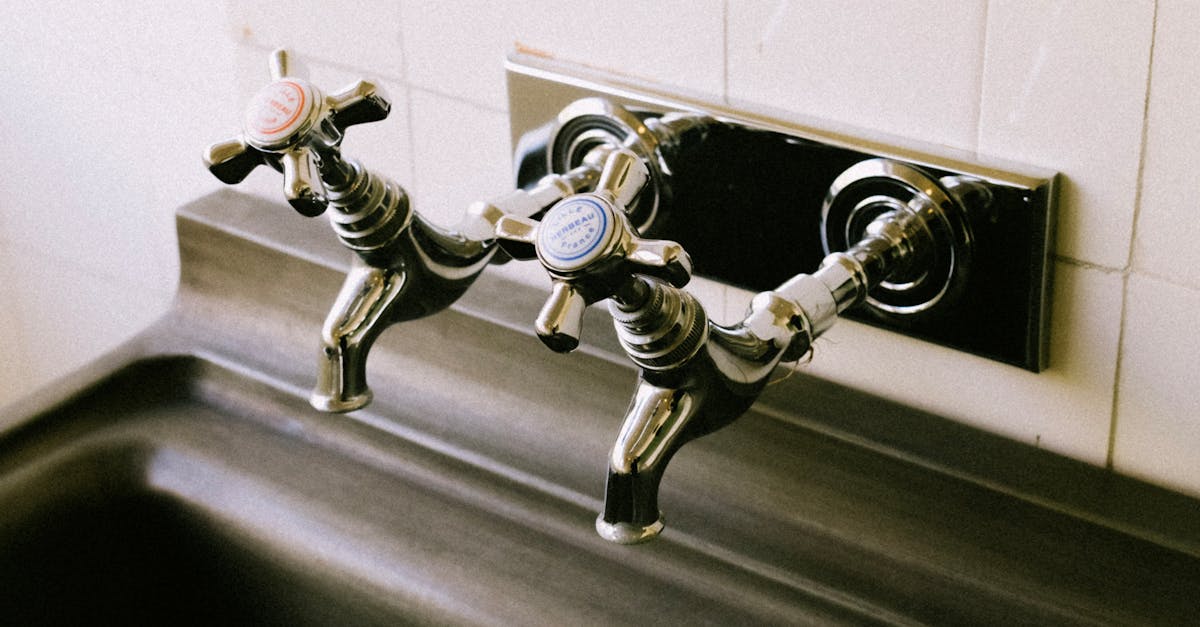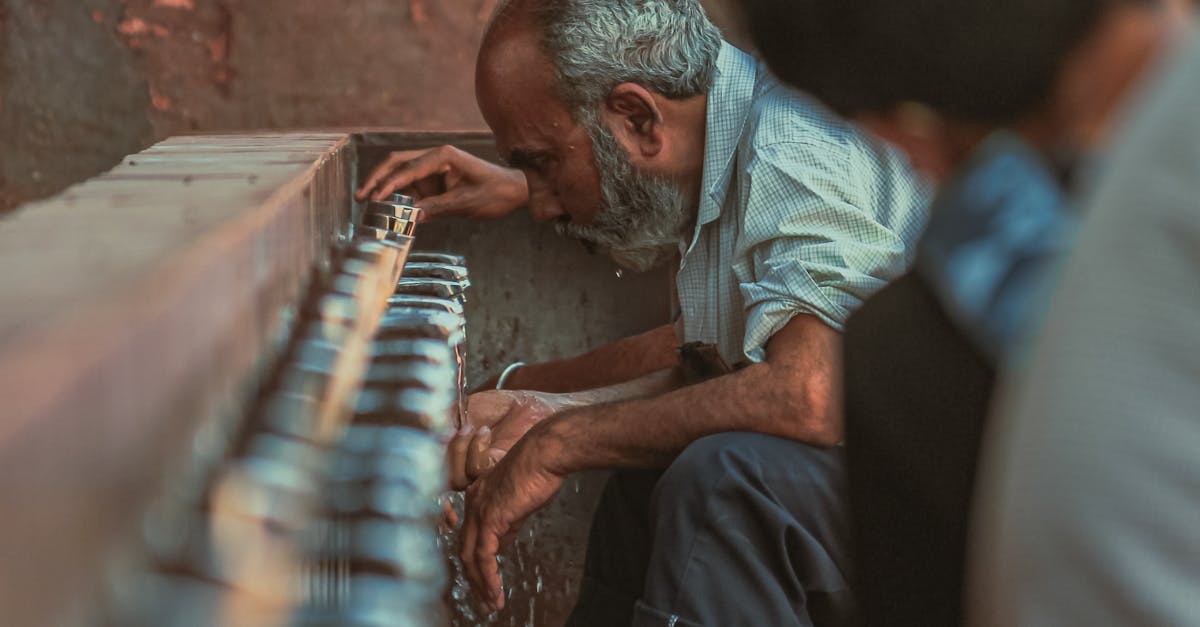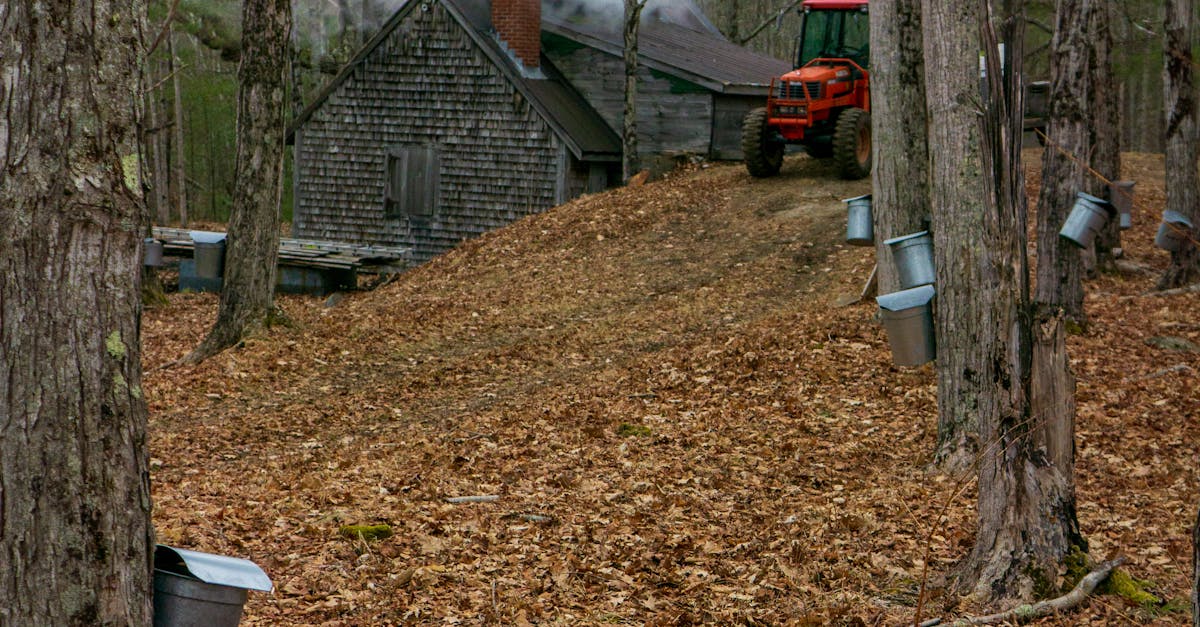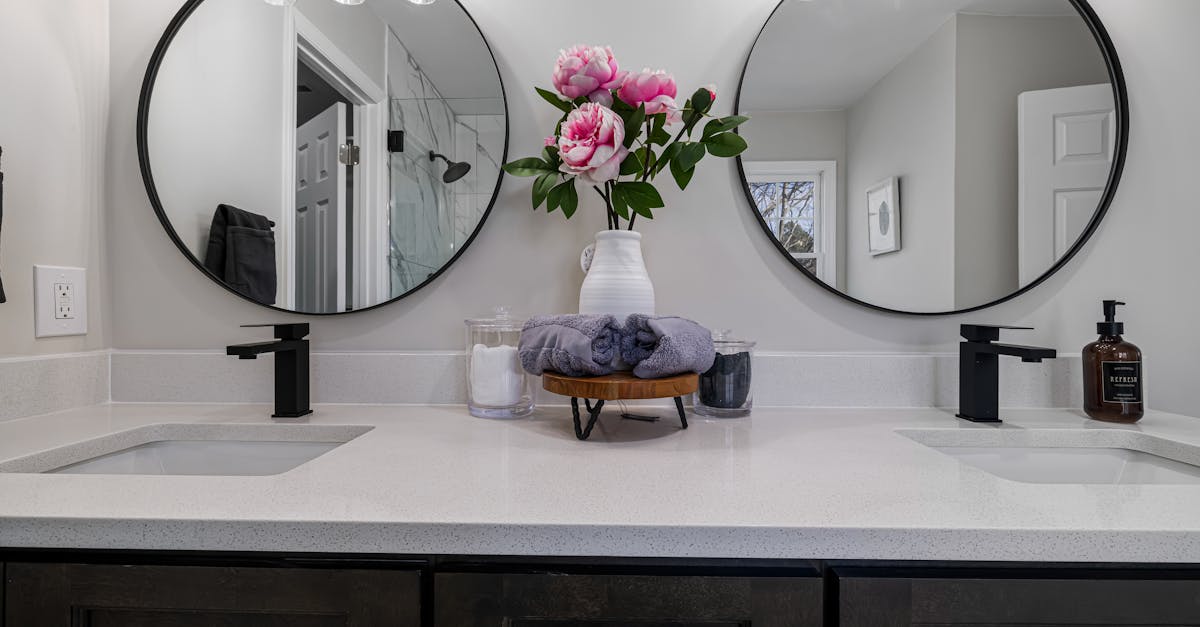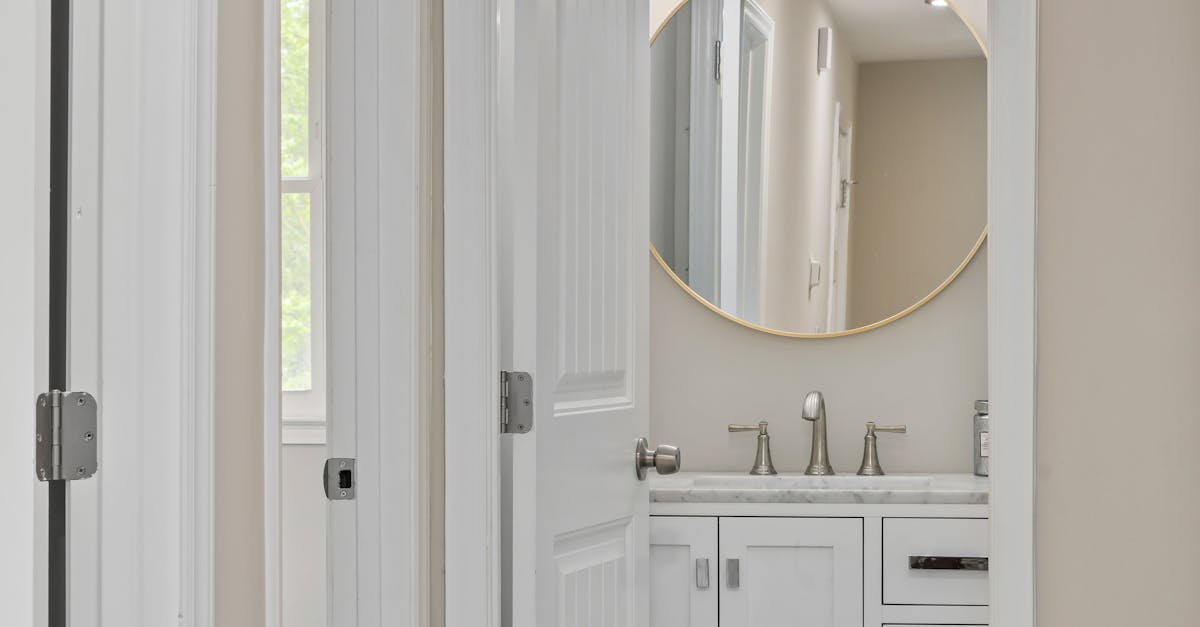
Table Of Contents
Improper Installation
Improper installation of taps can lead to various issues, including leaking taps that become a nuisance. When a tap is fitted incorrectly, it may not form a proper seal at the junctions, allowing water to escape. This problem can arise from not aligning the components correctly or failing to tighten fixtures adequately. Homeowners often find that these errors contribute to ongoing issues, resulting in frustration and the need for repairs.
Additionally, the materials used during installation play a crucial role in tap performance. Incompatible washers or seals can deteriorate faster, leading to leaks. Over time, even minor installation mistakes can compound, causing more significant water wastage. Proper installation techniques and high-quality materials are essential to prevent such complications and maintain the integrity of the tap system.
Signs of a Faulty Installation
Leaking taps can often stem from improper installation techniques. If a tap is not aligned correctly or if the mounting hardware is defective, it may lead to excessive stress on the components. Over time, this strain can result in cracks or gaps that allow water to escape. Observing how your tap functions can reveal underlying issues stemming from the initial installation.
Another sign of a faulty installation is uneven pressure when using the tap. If you notice that water flow is inconsistent or that the tap wobbles during operation, these symptoms could indicate a problem. Such instability can ultimately contribute to leaking taps, which may start as a minor nuisance but can escalate into a more significant plumbing issue if not addressed promptly.
Temperature Fluctuations
Temperature fluctuations can significantly impact the performance of taps. Changes in temperature can cause materials to expand and contract, which may lead to misalignment in the tap components. This misalignment can create gaps where water can escape, resulting in leaking taps. It is important to note that both hot and cold water systems can be affected, often resulting in inconsistent performance.
In regions with drastic temperature changes, the risk of leaks increases. Frequent heating and cooling can weaken seals and gaskets over time. Homeowners should be vigilant in monitoring their taps for signs of wear, especially if they notice any dripping. Addressing any issues promptly can help prevent further complications and reduce water wastage caused by leaking taps.
How Heat and Cold Affect Tap Performance
Temperature fluctuations can significantly impact the materials used in taps and plumbing fixtures. When exposed to heat, metal components may expand, while colder temperatures can cause contraction. This constant cycle of expansion and contraction can wear down seals and gaskets over time. As these components degrade, they may lose their ability to prevent water from leaking, leading to leaking taps that create unnecessary water wastage.
Cold weather can also exacerbate existing issues in plumbing systems. If pipes become too cold, they can potentially freeze, causing cracks that later develop into leaks. When the pipes thaw, water can escape through any compromised areas, resulting in leaking taps. Understanding how these temperature shifts affect tap performance is crucial for maintaining a fully functional plumbing system and avoiding costly repairs.
Leaks in Plumbing Connections
Leaking taps often stem from issues in the plumbing connections. Over time, the fittings that connect your tap to the water supply can become loose due to wear and tear or improper installation. This looseness allows water to escape, resulting in a persistent drip. Regular maintenance and inspection of these connections are essential to ensure they remain secure and watertight.
Many homeowners may overlook minor leaks, assuming they pose no significant problem. However, even small leaks can lead to increased water bills and potential damage to kitchen or bathroom surfaces. Identifying and addressing leaking taps promptly is crucial to preventing further complications that may require more extensive repairs down the line.
Spotting Water Leaks Near Taps
Identifying water leaks near taps is crucial for maintaining plumbing health. Regular inspections around the base of your taps can help catch early signs of leakage. Look for water pooling on the sink surface or around the tap fixtures. Deteriorating seals or worn-out washers may also contribute to leaking taps, leading to damage if not addressed promptly.
Another area to examine is the plumbing connections beneath the sink. Water stains or damp patches can signal a leak in the joints or pipes. Tightening loose fittings may resolve minor issues, but persistent leaks often require professional assistance. Being vigilant about these indicators can save water and prevent more extensive repairs later on.
FAQS
Why is my tap suddenly dripping?
A tap may start dripping due to various reasons, including improper installation, temperature fluctuations, or leaks in plumbing connections.
How can I tell if my tap was improperly installed?
Signs of a faulty installation may include uneven positioning, loose fittings, or water pooling around the base of the tap.
Can temperature changes cause my tap to drip?
Yes, temperature fluctuations can affect tap performance, as heat can expand materials, potentially leading to leaks or dripping.
How do I spot water leaks near my taps?
Look for signs such as water stains, damp patches, or an increase in your water bill, as these may indicate leaking plumbing connections.
What should I do if my tap continues to drip?
If your tap continues to drip after checking for installation issues or leaks, it's best to consult a professional plumber for a thorough inspection and repair.
